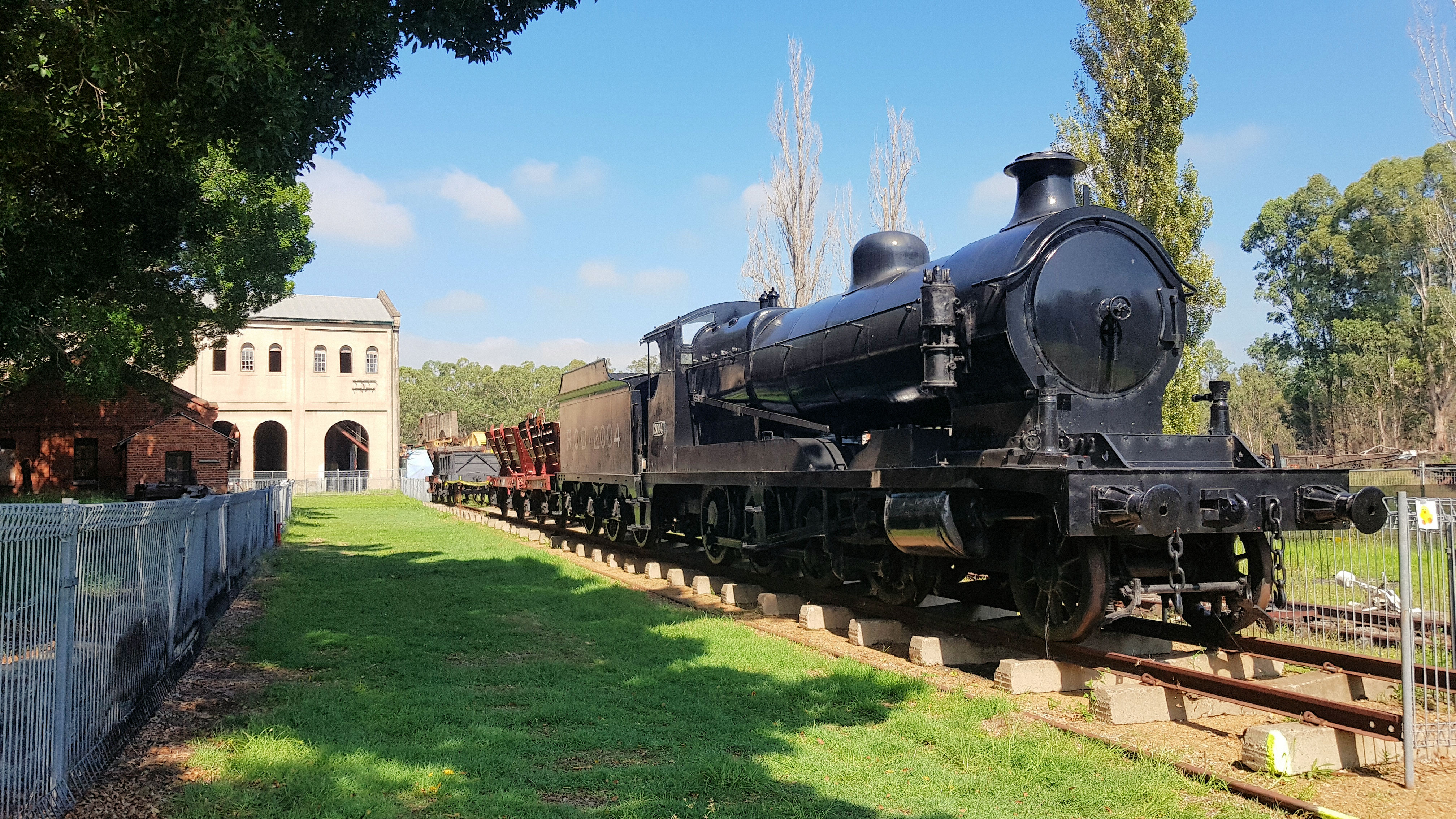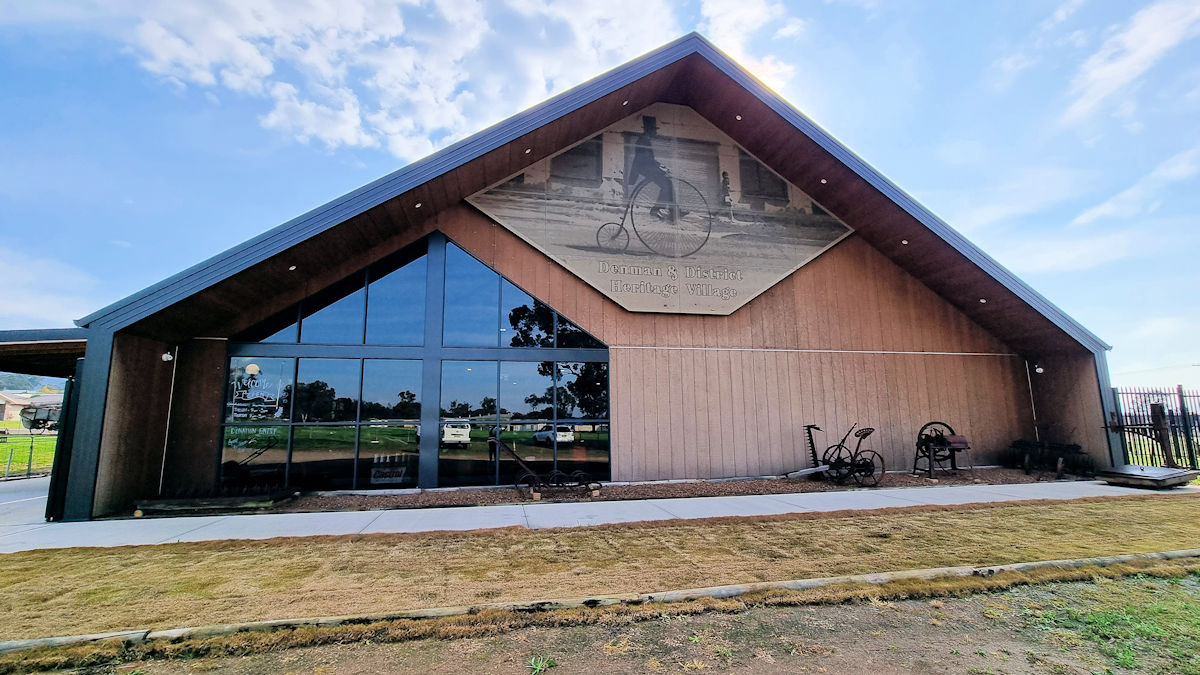Category: Vehicles
-
Richmond Vale Railway Hunter Valley

Richmond Vale Railway The Richmond Vale Railway Museum is located just outside of Kurri Kurri New South Wales. Run by volunteers, it is set in the old Pelaw Main colliery and aims to preserve local railway history. Unfortunately a bushfire went through the area in early 2018, destroying a large section of track and many… Read more
-
Denman and District Heritage Village

Denman and District Heritage Village Located in Denman a small town in the New South Wales Hunter Valley, the Denman and District Heritage Village has an extensive and unique exhibition made up of objects and artefacts. Donated primarily by local Jeff Wolfgang, the exhibits are housed in a beautiful, new building that opened in November 2023.… Read more
-
Sydney Heritage Fleet
Sydney Heritage Fleet Founded in 1965 as the “The Lady Hopetoun and Port Jackson Marine Steam Museum”, the Sydney Heritage Fleet operates 10 large and 55 small heritage vessels. Its 450 active volunteer workers conserve Australia’s maritime past, while preserving traditional technical methods and skills. Three (as of August 2024) vessels are currently being restored,… Read more
